Want to boost your business with quality content? Stay right here, this article is for you. Whether you're a startup or a renowned company, creating digital content is the key to your growth. However, simply producing content is not enough; it must be strategically designed to attract and retain your target audience.
This article gives you the recipe for creating effective content tailored to your goals, no matter your field. From ideation to creation, we guide you through all the steps of your digital strategy. We also share tips, practical advice and tools to maximize your chances of success.
Definition: What is digital creation?
Digital creation encompasses all forms of content created and published on digital platforms. Each type of content has its specificities and serves different objectives, but all share the same goal: to communicate with a specific audience. Whether it's to inform, entertain or sell, digital creation is the spearhead of any company wishing to forge meaningful connections with its target audience.
What are the different types of digital content?
As many formats as there are purposes. Depending on the message conveyed and the target audience, the typology varies. For the content created to have an optimal impact on your audience, a match between content and form is essential.
Textual content
Textual content is particularly useful for natural referencing, generating organic traffic and qualified leads.

- Blog articles are an ideal opportunity to share long, detailed content on a specific topic.
- Ebooks offer more structured and in-depth content than articles, aiming to establish your authority in a particular domain.
- White papers, focused on data and analysis, share deep expertise in a B2B context on fairly complex topics.
- Product and service description sheets are the foundation of e-commerce sites, their role being to push the visitor to purchase.
- Guides and tutorials are an excellent way to teach your users how to use a product or service through detailed instructions.
- Case studies provide tangible proof of the effectiveness of a product or service you offer, helping you to establish a trust relationship with your clients.
- Newsletters are a direct and personalized way to communicate with your clients through special offers, updates, exclusive information, and summaries of recent content.
- FAQs not only answer frequently asked questions from your users but also offer a smooth user experience that strengthens the natural referencing of your site.
Visual content
The strength of visual content lies in the engagement it generates from the audience, as they are easily shareable and consumable.
- Infographics transform complex data into simple and attractive graphics, facilitate memorization and extend content reach by promoting sharing on social networks.
- Images, whether illustrated or photographic, capture attention and encourage reading the associated content, reinforce key messages, and make navigation more pleasant for your users.
Do not hesitate to use free and royalty-free image banks like Unsplash, Pexels, or Pixabay.
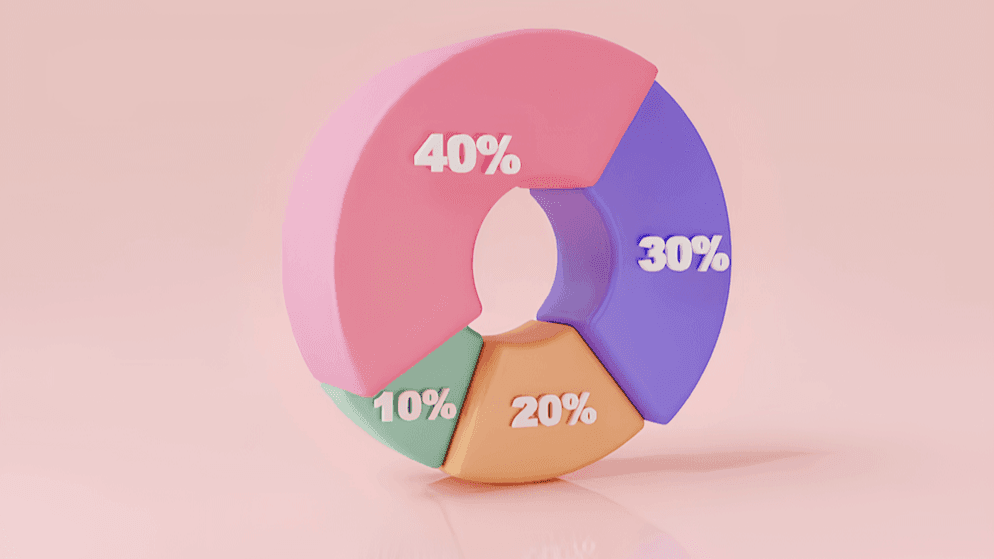
- Screenshots extend the reach of tutorials by simplifying a complex process of use or helping users visualize a product, especially when annotated.
- Tables and diagrams help represent data or statistics clearly and organizedly.
Audiovisual content
Audiovisual content is particularly appreciated because it establishes a dynamic and interactive relationship with its audience.

- Videos are ideal for presenting your products and services, sharing customer testimonials, or telling your brand story in a way that elicits strong emotional reactions.
- Publications on social networks are generally in the form of short videos or images, particularly on Instagram and TikTok, but they can also be in text format depending on whether they are on Facebook or LinkedIn.
- Podcasts are the most suitable format for in-depth discussions, interviews, and thematic series to listen to while on the move or traveling.
- Webinars allow real-time interaction with the audience during live presentations, demonstrations and Q&A sessions.
Why create digital content?
It would be wiser to question the reasons for not creating digital content, as there are none. Digital creation is fundamental to strengthening your online presence, and consequently your digital growth.
The Internet is full of opportunities for your business, and every click can potentially lead to a conversion. Therefore, if your content strategy is well-designed, it will direct most internet users to your site.
For a highly effective digital strategy, rely on inbound marketing. It is only in this way that you will achieve your business objectives with precision while limiting your budget to the maximum.
Inbound marketing vs outbound marketing, what's the difference?
While outbound marketing targets a wide audience, notably through mass emailing, advertising spots, and public billboards, inbound marketing relies on creating targeted, quality content.
5 good reasons to favor inbound marketing
- An unbeatable cost-result ratio: Its cost-effectiveness is mainly due to its "pull" rather than "push" nature. In other words, unlike traditional advertising campaigns that require the purchase of advertising space and broadcasting costs, inbound marketing relies on natural referencing techniques, content marketing, and social networks.
- Hyper-precise targeting: By focusing on persona marketing and behavioral analysis, it immediately reaches an audience interested and qualified by what you have to offer. This segmented marketing approach ensures that your resources are spent reaching those most likely to convert into customers.
- Sustainable engagement: Creating value-added content does not just inform or educate, it engages over time. Content marketing is specifically designed to foster brand loyalty and build a symbiotic relationship with the audience.
- Real-time adaptability: Thanks to tools like real-time data analysis and automated marketing, you can adjust your content and strategies to remain relevant at all times. This agility is the key to continuously optimizing your campaigns, ensuring a good return on investment.
- Precious measurability: Quantitative data generated allows you to precisely analyze the performance of your content. Click-through rate (CTR), conversion rate and cost per lead (CPL) are metrics accessible via tools like Google Analytics and Google Search Console. Based on this marketing analytics, you can easily evaluate the effectiveness of each aspect of your strategy and make necessary adjustments.

The digital acquisition funnel: ToFu, MoFu, BoFu
To succeed in your content marketing strategy requires a deep understanding of the different phases of the e-customer journey. Schematically, the digital acquisition funnel consists of 3 chronological phases, which trace the journey of the e-visitor to their conversion into an e-customer.
- Top of Funnel | Attract targeted traffic: To attract qualified organic traffic to your site, develop and share content that resonates with the interests of your target audience. Optimize your content for search engines to improve your ranking. To further increase the reach of your content, actively engage with your audience on the most suitable social platforms.
- Middle of Funnel | Generate qualified leads: Now, you must convert simple visitors into leads, then into prospects. To prepare them for purchase, create compelling landing pages with clear calls to action (CTAs), or offer sign-up forms with an attractive offer in return. Each action will encourage your visitors to share their information in exchange for valuable content.
- Bottom of Funnel | Convert prospects into customers: At this stage, launch targeted email campaigns to nurture your leads and gradually guide them toward a purchase decision. Automate your interactions to ensure consistent and personalized follow-up. Scoring techniques can help you prioritize your leads based on their level of engagement and likelihood of conversion.
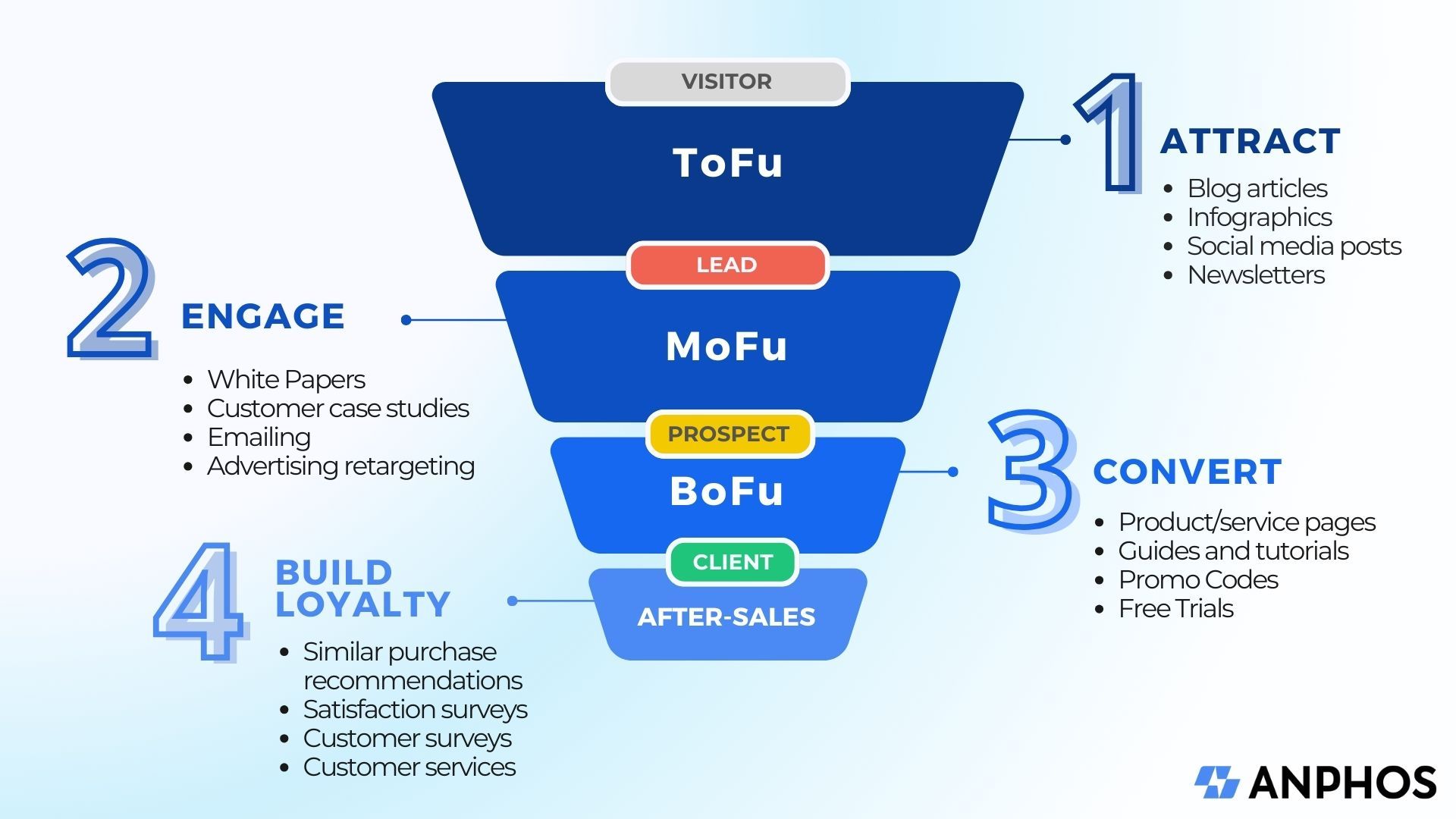
Customer engagement does not stop after purchase. In reality, the post-sale experience is a key moment in building a harmonious and lasting relationship with your customers.
To stimulate loyalty and increase the chances of re-purchase, it is important to offer impeccable customer service. Responsive and personalized support can transform an occasional buyer into a loyal customer. It's an effective strategy to anchor your brand in the minds of customers, and even convert them into brand ambassadors.
6 essential questions to ask yourself for infallible digital content creation
Who is my target audience and what is it looking for?
The digital space is saturated with information, so your content must not only be unique but also strategically oriented. Before creating any content, it is therefore imperative to determine your target audience and understand their specific needs.
- Collect and analyze basic demographic data, such as age, sex, geographical location, and industry, to build more detailed profiles;
- Collect and analyze psychographic data that reveal their interests, values, and behaviors to go beyond generic indications;
- Synthesize demographic and psychographic data to build their persona, the fictional representations of your ideal customers based on the data collected.
These insights are provided to you by analysis tools like Google Analytics, but also by platforms like Adobe Analytics, Mixpanel and Hotjar. Social platforms also have analytical tools, including Facebook Insights, Twitter Analytics and LinkedIn Analytics.
What are my objectives?
To avoid scattering at the risk of falling into counter-productivity, we recommend that you define your SMART objectives. This mnemonic will help you maximize the effectiveness of your planning.
- Specific: Your objectives must be clear and precise. For example, instead of aiming for an overall increase in traffic to your site, aim for 20% on a few specific pages in three months.
- Measurable: Each objective must be quantifiable, which implies establishing key performance indicators (KPIs) to follow and analyze continuously.
- Attainable: Overly ambitious objectives only lead to frustration, even discouragement. Set goals in line with your resources, budget and schedule to maximize the effectiveness of your work.
- Relevant: Your content marketing objectives must be directly related to broader business objectives. For example, if you want to increase your brand awareness, your content should be designed to improve the relevance of the brand and its positioning in the market.
- Time-bound: Having deadlines creates a positive sense of urgency, which allows for better planning and evaluation of results.
What are the keywords related to the identified subjects?
Knowing your audience and their needs is good, but responding to them effectively is better. Researching and identifying keywords related to your target audience's interests is a highly tactical step.
Every piece of content must offer useful and relevant information to retain your users, or risk them leaving your site as soon as they enter. A high bounce rate negatively impacts your site's ranking in search engines.
Tools like Google Keyword Planner, SEMrush Keyword Magic Tool and LowFruits help you identify the words and phrases most used by your audience. They also provide additional data, such as search volume, ranking difficulty and keyword variations, for in-depth analysis.

Analyzing your competitors gives you a dual advantage: competitor sites can inspire how you use your keywords, and they can also point you towards strategic gaps to exploit yourself.
Remember, keywords are subject to different search intents. Today, Google can understand the hidden intent behind each query. It could be navigational, local, informational, commercial or transactional. Each corresponds to a specific stage in the ToFu-BoFu-MoFu customer journey.
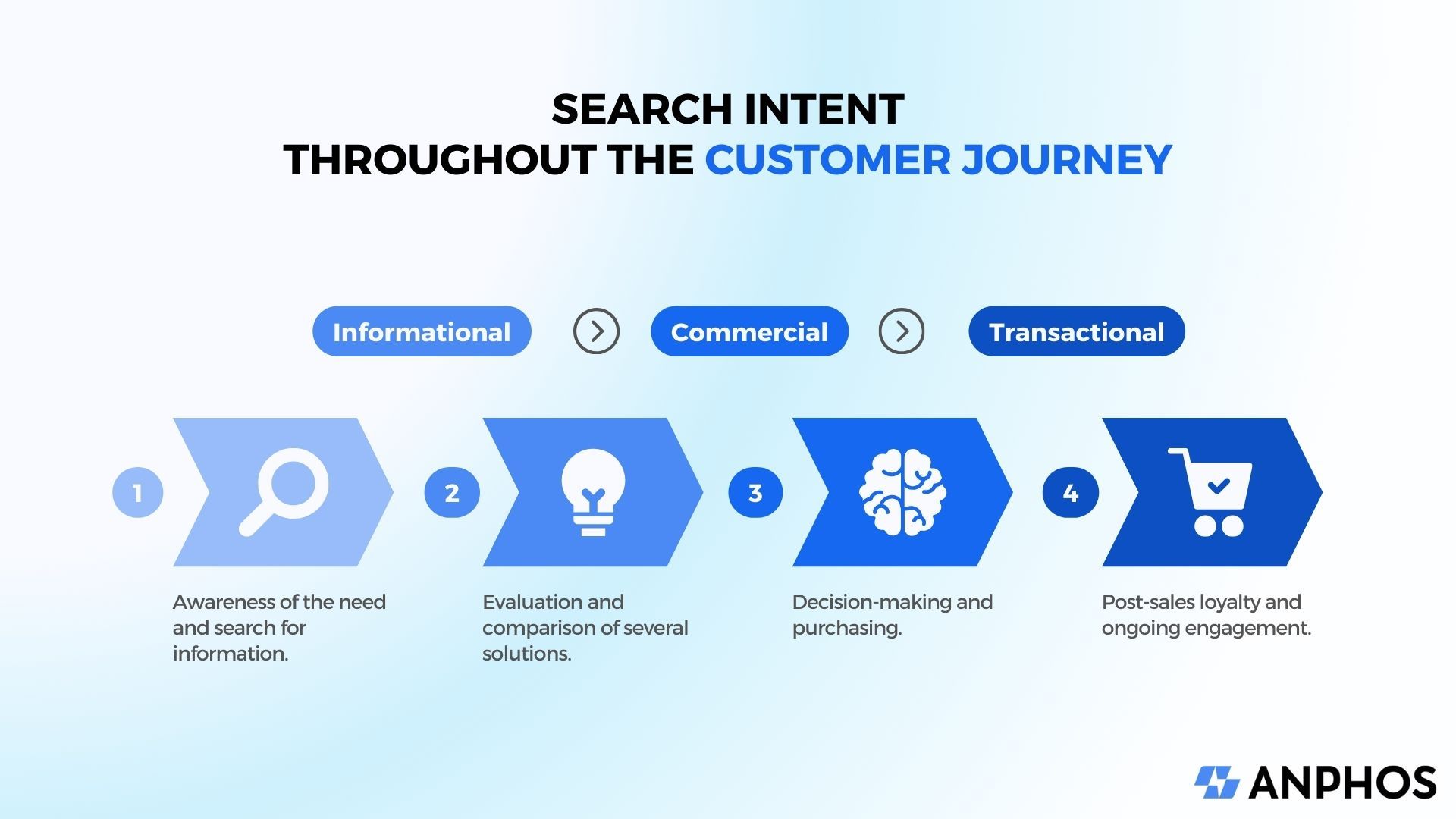
Now that you've determined the different personas of your audience, you can infer which platforms your users spend most of their time on and what types of content they prefer to consume.
For a winning strategy, consider all possible formats and opt for a multi-channel distribution.
The selection of the format should be guided by the message you wish to convey. For example, a video is more suitable for a product demonstration than a blog post. Similarly, an infographic is better at simplifying and synthesizing complex statistical data than a social media post.
Moreover, ensure that your content is coherent and seamlessly integrated across the chosen channels. Visuals and video snippets are more appreciated on Instagram and Facebook, while long texts and articles are better suited for blogs or LinkedIn.
Finally, pay attention to the user experience on various devices. For those who are always on the go and don't necessarily have time to read articles or eBooks, prioritize podcasts and quick visuals.

How to evaluate the efficiency of my digital content?
Key performance indicators established in your SMART objectives are not only to be observed but continuously analyzed. These metrics allow you to judge whether your content strategy is effective and to know what adjustments are necessary to optimize it.
Tools like Google Analytics inform you about the volume of traffic on your website, navigation paths, conversion rates (newsletter sign-ups, eBook downloads, etc.) and bounce rates.
To stay in tune with your audience's behavioral fluctuations, consider following trends over time. By remaining consistent in your analytical approach, you will better grasp your users' engagement patterns, and thus more easily conclude whether your strategy is performing or not.
How to optimize my content marketing strategy?
Based on the information gathered through performance analysis, you will be able to make relevant improvements to your digital strategy. These adjustments may involve delving deeper into an article topic, changing the format of your content, or reconsidering your distribution channels to reach a particular audience more effectively.
Concretely, you can implement A/B tests to experiment with different versions of the same content element and see which one performs best. This could be a variation in the title, a call to action, a visual, or even the tone of writing used.
Content marketing is all the more effective as it self-feeds on the data it generates.
In other words, it's a feedback loop that involves orienting your approach based on user data collected beforehand. The key is to focus on what works best and constantly adjust.
6 essential tips for your SEO
Quality digital content must first be well indexed, or it will never be seen. To guide you in optimizing your content, we have compiled the best practices for you to apply.
Target long-tail keywords
Depending on your industry, your main keywords may be highly competitive. The most obvious keywords are indeed the most searched, but they are saturated by countless players, making them extremely difficult to rank among the first pages of results.
Instead of focusing on generic keywords, it would be more strategic to target long-tail keywords.
Suppose you have a real estate agency; you will probably think of "buy apartment" or "sell house". Although they are relevant, these keywords are actually dominated by the giants of the sector, and it will be almost impossible for you to rank on them. On the other hand, if you target "buy two-bedroom apartment in Paris 16th" or "ecological house for sale in Lyon", you will attract a much more specific and ready-to-buy audience.
Strengthen the internal linking of your site
Apart from the keywords actually typed into search engines, there is a huge network of related topics likely to attract the attention of your audience. These topics may not be explicitly formulated as queries, but they echo the topics you have identified and developed previously.
In addition to being very advantageous for your SEO, the links created between your keywords increase your authority and encourage your users to spend more time on your site.
Creating several contents around a specific theme is particularly effective for your SEO, but also for the engagement of your users. Indeed, internal linking allows for easier navigation from one content to another, as a logical and relevant link binds the pages together.
For example, if your main theme is "digital marketing", your clusters could include "SEO", "social media marketing", "email marketing", etc. Once these sub-topics are addressed, use internal links to interconnect the contents within the same cluster, and to link the clusters to the main content.
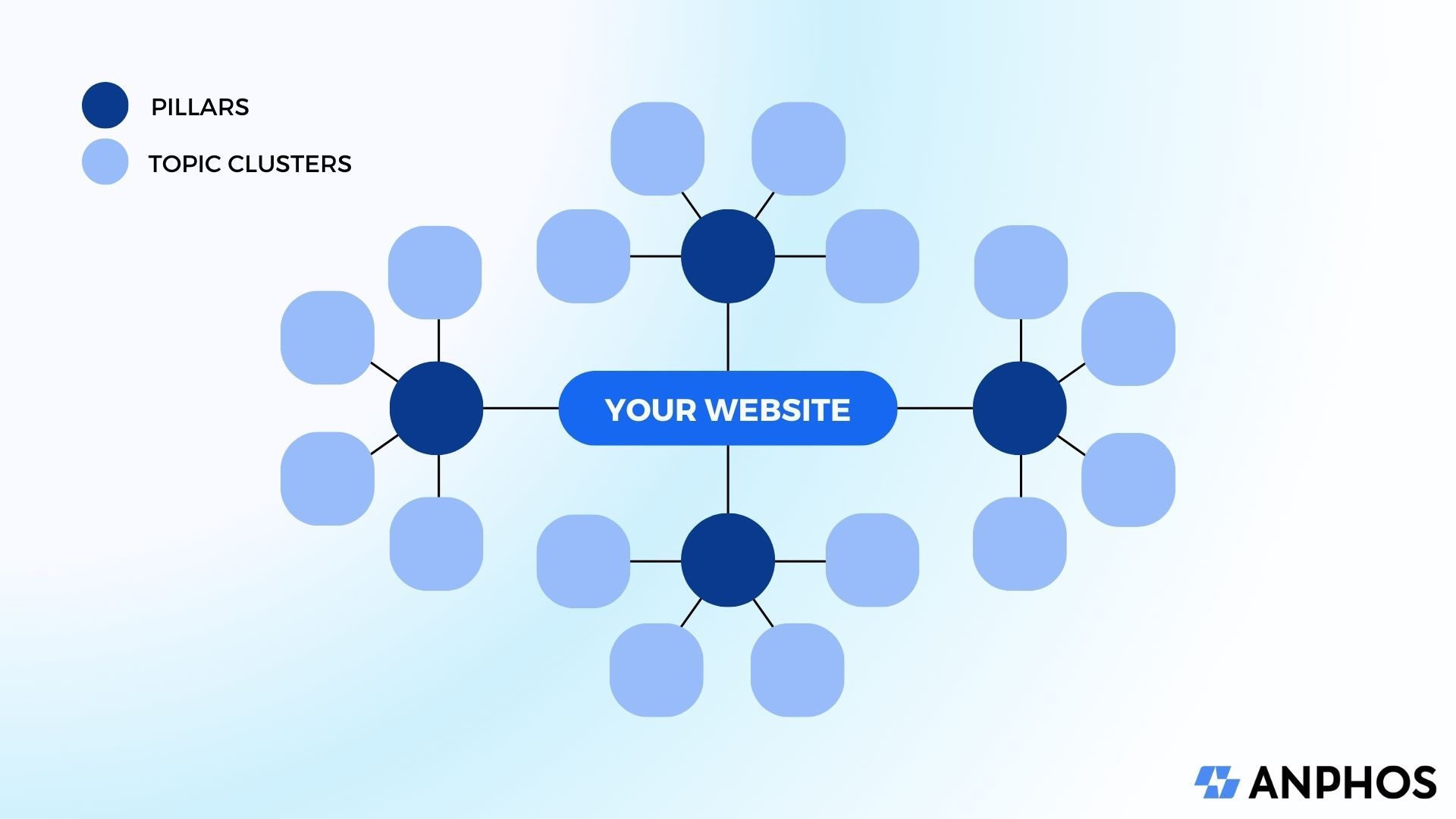
Take care of your meta tags and URLs
The titles and meta descriptions of your pages must be both informative and attractive, while including your main keywords. These criteria increase the click-through rate (CTR) from the SERPs and make search engines understand the content associated with each of your pages.
Make sure your meta tags are of appropriate length, i.e., around 60 characters for titles and 160 characters for meta descriptions, to offer a complete overview that entices clicks.
Your URLs should be short and precise if you want them not to be truncated, so limit yourself to 75 characters.
Among the most effective link shorteners, you will find Bitly, Rebrandly and Cuttly. These tools offer free plans that allow you to create and track a multitude of shortened links.
Optimize your media
Is your image 4000 px wide? Know that screens are averagely around 1920 x 1080 px, which means that your image will not display fully in width on most screens. Conversely, if your image is too small, it will be pixelated. To configure the size of your visuals, you can directly use the native editors of your OS.
Your image is now the right size, but it weighs 1 MB? Usually, a medium-sized image rarely exceeds 100 KB, while a large image should never exceed 500 KB.
Compressor is one of many online tools that allow you to optimize your media without loss of quality.
Compression your media speeds up page loading times and prevents your users from leaving your site due to excessive waiting time.
Don't forget to add descriptive alt tags to your media. Alternative text significantly improves the accessibility of your site, especially for image search.
Today, Google still struggles to interpret images, hence the importance of descriptive text allowing the understanding of the associated visual content, both for search engines and people with visual impairments.
Finally, also think about renaming your media for better referencing. If a user downloads an image from your site, it will appear in their downloads with the name you have given it. So choose a clear name, easily identifiable and incorporating your main keywords.
Ensure a responsive web design for mobile-first indexing
There's a fifty-fifty chance you're reading this article on your mobile. In reality, more than half of web traffic comes from mobile browsing, whether via smartphone or tablet.
Today, Google explores and analyzes your site following its Mobile-First Index. It's a method of crawling and indexing by Googlebots, which is primarily based on the mobile version of a website for ranking purposes.
Responsive web design ensures a consistent display across various types of devices, from mini iPhones to desktop computers. It's as much about aesthetically pleasing design as it is about functionality, which includes adaptive layout of elements, easy-to-navigate menus and intuitive page layout adjustment. In short, put yourself in your users' shoes and think about what could enrich their experience on your site.
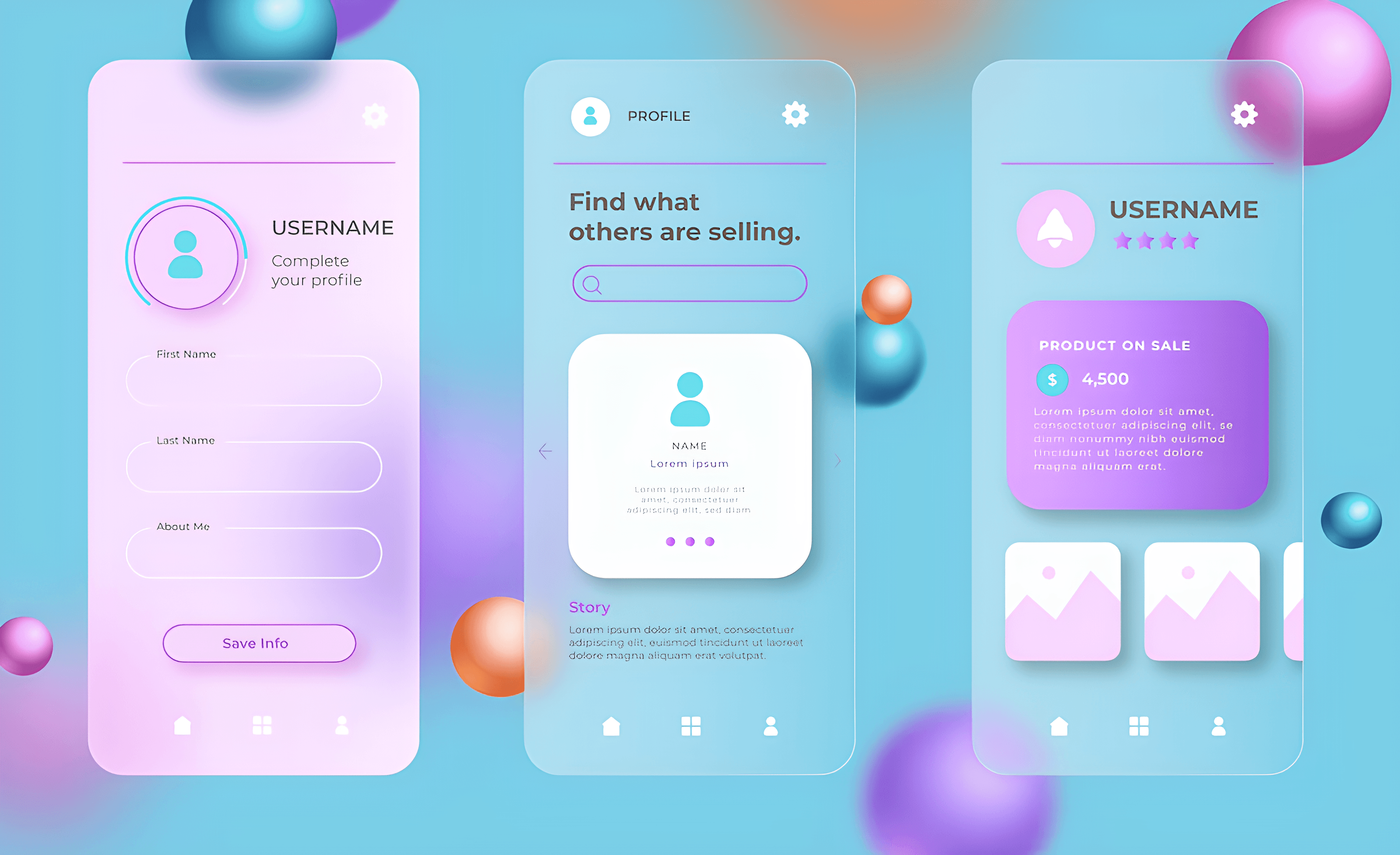
Encourage incoming links
Acquiring incoming links from high-authority sites automatically strengthens yours. It is possible to get mentioned through collaborations or quality content, which naturally generate links to your site.
For a good link building strategy, you can write articles for other recognized blogs in your sector, or co-produce content that includes your information. Do not hesitate to mobilize digital public figures for the promotion of your content and thus obtain links in return.
Anphos supports you, even in the creation and optimization of your digital content
Creating a website is just the first step in a successful digital presence. That's why Anphos is committed to developing websites for you that are not only technically advanced, but also SEO and mobile-friendly.
Of course, our expertise goes far beyond. Our services also include the development of smart and targeted content strategies. Every aspect is designed to engage your audience, strengthen your brand image and improve your online visibility.
From in-depth keyword research to the creation of thematic content clusters, we ensure that your message effectively reaches its target without ever blending into the digital mass.
Our mastery of SEO techniques means that your site will be not only beautiful and user-friendly, but also visible and captivating to your target audience. Search engine optimization is not a one-time practice; it is a long-term effort that we meticulously carry out, ensuring that you are ranked among the top search results.
Anphos values your time and anticipates your needs. Our team is at your disposal to discuss your project in detail. Tell us about your desires, and we will respond with a detailed and free quote. To be contacted by phone, just leave us a message.
